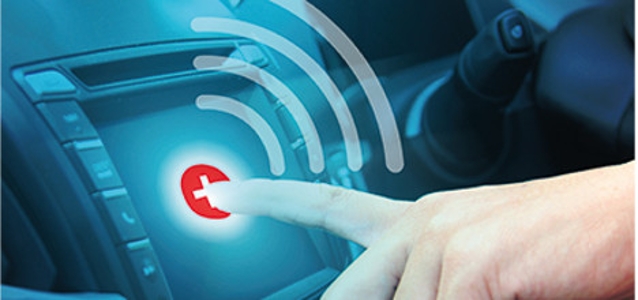
© stadium wireless
Components |
Stadium plays a part in TRL’s eCall test proposals
From 31 March 2018, all new car models in the EU are required to be equipped with eCall technology that will automatically communicate with the 112-based emergency response service in the event of a road accident.
UK-based Stadium United Wireless has helped TRL (the Transport Research Laboratory) to develop proposed technical requirements and test procedures for the type-approval of eCall in-vehicle systems.
Stadium United Wireless provided TRL, an independent transport research, consultancy and organisation, with telematics units and technical support in order to develop an appropriate set of test procedures for the eCall systems.
As part of the project TRL developed draft requirements and test procedures for seven technical aspects which include Resistance of eCall systems to severe crashes (sled test), Full Scale impact test, Crash resistance of audio equipment, Co-existence of third party services (TPS), Automatic triggering mechanism, In-vehicle system self-test, and Privacy and data protection.
Technical expertise and 12 telematics units provided by Stadium were used for experiments in the dedicated deceleration sled test element, and operability verification test procedures which set out to measure the mechanical resistance of eCall systems to severe crashes at accelerations up to 100 g. The samples were designed, produced and provided by Stadium United Wireless and included the telematics control module (ECU), containing the printed circuit board with GSM and GNSS modules, SIM card holder and SIM card, capacitors and other electronic components.
Chris Harrison, Head of R&D at Stadium United Wireless, commented: “We worked with the technical team at TRL to develop and carry out specific crash-based testing which tested the resilience and reliability of our range of telematics ECUs. The inspection results showed that all system designs under test, although not specifically crash-hardened, survived even the highest-severity deceleration. This demonstrates that the required level of deceleration-resistance for an ECU, including a dedicated battery, can be achieved by applying good and diligent system design practice, as recommended by our technical team, without applying overly burdensome crash-hardening methods to the units.”






